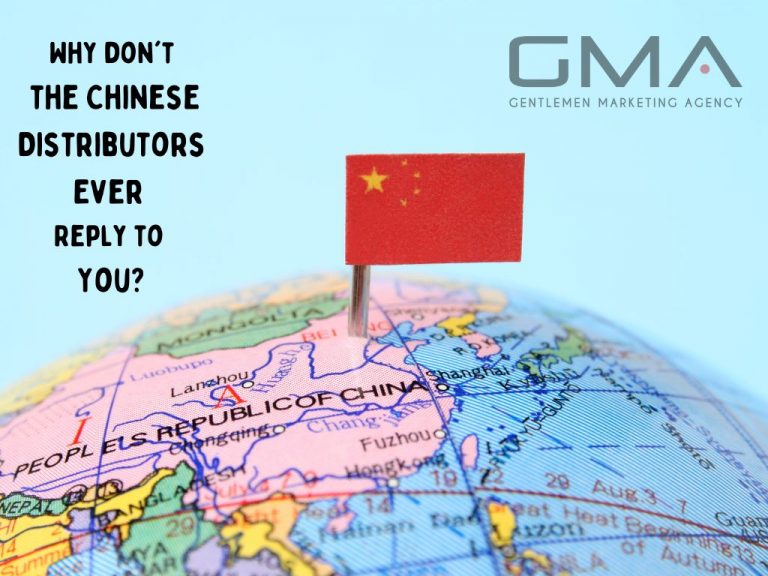Strategic Goals Behind China–South America Cooperation

understand a bit Chinese strategic view
- Diversify Trade Partnerships
China seeks to reduce over-reliance on traditional Western markets and build strategic alternatives—South America offers untapped growth, natural resources, and consumer markets. - Secure Long-Term Resource Access
Latin America provides key commodities such as soybeans, copper, lithium, oil, and agricultural goods—critical for China’s supply chain security. - Support the Belt and Road Initiative (BRI)
Many South American countries have signed onto China’s Belt and Road Initiative, aligning with infrastructure development and logistics projects. - Expand Market Access for Chinese Companies
From construction to telecom, and from e-commerce to EVs, Chinese companies are entering Latin markets—often competing with or replacing traditional U.S. and European players.

📈 Trade & Investment: Key Sectors Driving Growth
✅ 1. Agriculture & Food Imports
- China imports beef, pork, soy, fruit, coffee, and wine from Brazil, Argentina, Chile, and Peru.
- Latin America benefits from rising demand in China for organic, traceable, and premium food.
✅ 2. Minerals & Energy
- Chile and Argentina are top sources of lithium, key for EV batteries.
- China invests in hydropower, oil, and mining projects across Ecuador, Bolivia, Venezuela, and Brazil.
✅ 3. Infrastructure & Construction
- Chinese state-owned firms are building railroads, ports, highways, and energy plants under BRI agreements.
- Major players: China Railway Construction Corp (CRCC), State Grid, and China Communications Construction.
✅ 4. Technology & Telecom
- Huawei, ZTE, and Xiaomi are now household names across Latin America, providing affordable devices and 5G infrastructure.
- China is supporting smart city, surveillance, and cloud computing projects in partnership with local governments.
✅ 5. Digital Economy & E-commerce
- Platforms like AliExpress, Shein, and Temu are growing in Brazil, Chile, and Mexico.
- Cross-border payments, logistics, and digital marketing infrastructure are being built to support Chinese sellers.
🤝 China–Latin America Business Bridge: Real Projects & Partnerships
- China–CELAC Forum: A multilateral framework to guide policy coordination and economic cooperation.
- China-Brazil Investment Fund (CBIF): Backed by China’s ICBC and BNDES to finance large-scale development.
- E-commerce bridges: Alibaba is helping Latin brands sell into China through Tmall Global and cross-border logistics.
🔍 Opportunities for Latin American Businesses
- Export to China’s Middle Class
Premium food, wine, coffee, skincare, and cultural products have growing appeal in China’s urban markets. - Partner with Chinese Investors
Chinese capital is actively seeking co-investment opportunities in logistics, energy, and agriculture. - Join Chinese Platforms
Latin brands can leverage Douyin, Xiaohongshu, and Tmall Global to reach Chinese consumers directly. - Build Joint Ventures
Many successful collaborations come from local knowledge + Chinese scale and funding—a win-win model.
🌐 Challenges and Considerations
- Cultural & language gaps still exist—local partners or agencies are essential.
- Regulatory differences can slow execution. Understanding local governance is key.
- Perception and political sensitivity around Chinese investment needs to be managed carefully.
- Logistics and payment systems require adaptation for effective cross-border trade.
Final Thoughts
The business bridge between China and South America is no longer just about trade—it’s about shared development, digital integration, and long-term strategic alignment. Chinese companies are no longer just buyers; they’re becoming builders, investors, and co-creators in Latin economies.
Cost-Effective Agency
KPI and Results focused. We are the most visible Marketing Agency for China. Not because of huge spending but because of our SMART Strategies. Let us help you with: E-Commerce, Search Engine Optimization, Advertising, Weibo, WeChat, WeChat Store & PR.
For Latin American brands, manufacturers, and governments, engaging with China isn’t just an opportunity—it’s a strategic imperative. And for small and mid-sized players, now is the time to explore how to participate in this evolving relationship.
Read more







